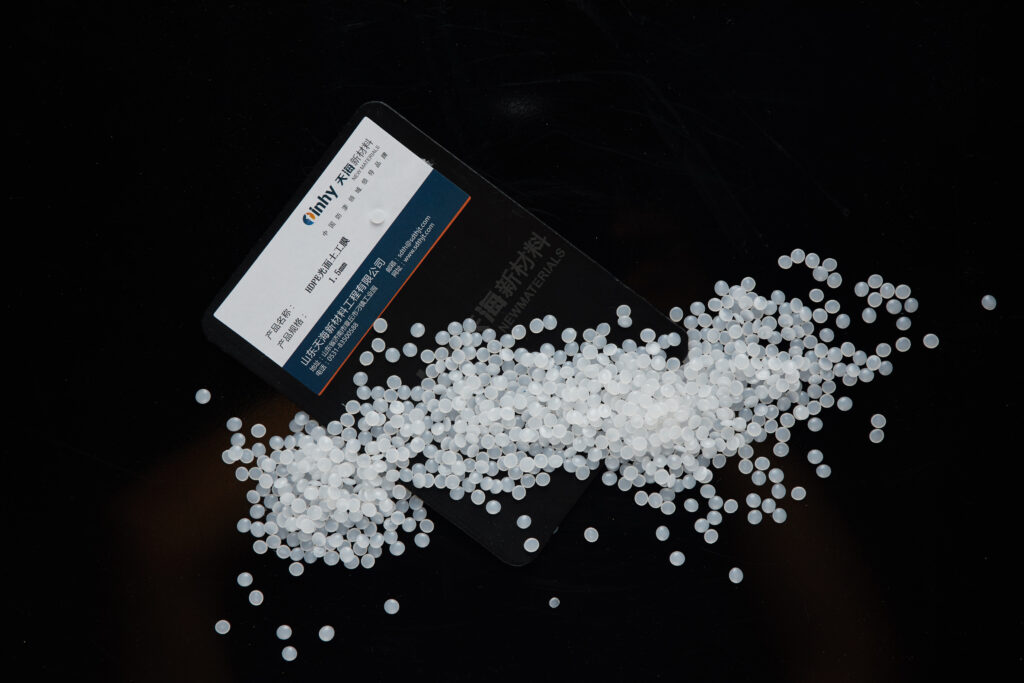Geomembrane testing equipment
Thickness Gauges for Geomembranes: These devices are used to measure the thickness of geomembranes to ensure they meet project specifications. Thickness gauges typically use ultrasonic or other non-invasive techniques to measure.
Welding quality inspection tools: For projects with thermally welded geomembranes, welding quality inspection tools can be used to ensure the integrity of the welds. These tools often include visual inspection and non-destructive testing methods such as ultrasonic testing.
Gas detector: Gas detectors can be used to detect gas penetration beneath the geomembrane to ensure that the geomembrane forms an effective barrier above groundwater or bottom soil.
Electronic Scanning Equipment: Electronic scanning equipment can be used to detect defects, damage or holes in geomembranes. These devices can detect problems beneath the surface of the geomembrane, such as holes or breaks.
Tensile testing machine: Tensile testing machine is used to measure the tensile properties of geomembranes. These tests can help evaluate the strength and ductility of a geomembrane to ensure it performs as required under stress conditions.
Permeability testing equipment: These equipment are used to evaluate the permeability properties of geomembranes, including the permeability of water, gases, or chemicals. Permeability testing helps confirm the barrier properties of the geomembrane.
Microscope and optical inspection equipment: used to inspect the surface of the geomembrane for minor defects or dirt. Microscopes and optical equipment can provide high-resolution images for detailed analysis.
Hydrostatic testing equipment: Hydrostatic testing equipment can be used to conduct hydrostatic testing to test whether the geomembrane can withstand a specific water pressure to verify its water tightness.
Thermal welding equipment: If the geomembrane needs to be thermally welded to form a seamless seam, then thermal welding equipment is necessary. These devices are used to heat and press the edges of the geomembrane to ensure the integrity of the weld.
When selecting the appropriate geomembrane testing equipment, you need to consider the specific requirements of the project, the type of geomembrane, and the performance standards. Additionally, make sure the person operating the equipment is trained and operates in strict accordance with the manufacturer’s guidelines and safety standards to ensure accuracy and safety.

Geomembrane fixation equipment
Geomembrane fixation equipment is used to firmly fix the geomembrane on the ground surface or engineering structure to ensure that it will not move or loosen. These devices are commonly used in fields such as geotechnical engineering, water resources management, environmental protection and construction.
Geomembrane anchoring nails: This is a common geomembrane fixing method, especially suitable for lawns, gardens and landscape designs. Ground nails are usually U-shaped or J-shaped, and they secure the geomembrane by anchoring it into the ground.
Geomembrane Fixation Clamps: These clamps grip the edges of the geomembrane to secure it to a supporting structure such as concrete, metal, or wood.
Ground Tape: Ground tape is a tape with an adhesive backing that can be used to adhere the edges of the geomembrane to the surface, ensuring it remains flat and does not blow in the wind.
Tiles or weights: In some cases, tiles, bricks, or other weights may be used to secure the geomembrane. These weights are placed on the edges of the geomembrane to prevent it from moving.
Thermal Welding: For large geomembrane projects, such as dams or ponds, thermal welding techniques are often used to join the edges of the geomembrane together to create a seamless seam.
Mechanical fastening: Mechanical fastening devices, such as bolts or nuts, are sometimes used to fasten the geomembrane to supporting structures, such as bridges or caissons.
Buried Fixation: For underground or in-ground applications, geomembranes can be secured by being buried in the ground or covered with other geotechnical materials.
Fastening straps or ropes: Use straps, ropes or a rope system to tie the geomembrane to the support structure for added anchorage.
The method of selecting geomembrane anchorage equipment depends on the specific needs of the project, the type of geomembrane and the environmental conditions.
When installing and using geomembrane fixing equipment, it is necessary to ensure that the equipment can firmly fix the geomembrane to prevent it from moving or being damaged by wind, water flow or other external forces.
At the same time, installation and maintenance should be performed in accordance with the manufacturer’s recommendations and best practices to ensure the performance and durability of the geomembrane.

Geomembrane cleaning equipment
Pressure Cleaner: A pressure washer is a commonly used piece of equipment that can be used to clean geomembrane surfaces. It removes dirt and debris by spraying high-pressure water. Select the appropriate nozzle or attachment to ensure the intensity and angle of the water flow are appropriate for the geomembrane cleaning needs.
Brush or broom: For smaller areas or lighter dirt, you can use a brush or broom for manual cleaning. Make sure you choose a bristles or broom made of material that will not damage the geomembrane surface and use appropriate force to clean.
Vacuum cleaner: For light dust or debris, you can use a vacuum cleaner to remove it. Choose a vacuum cleaner suitable for outdoor use and use the appropriate attachments to clean the geomembrane surface.
Clean water sprayer: A clean water sprayer is a device specially designed for cleaning geomembranes. It uses designated nozzles and water spray pressure to spray detergent or water for thorough cleaning of the geomembrane.
Before using any cleaning equipment, be sure to note the following:
Follow the geomembrane manufacturer’s recommendations and guidelines for geomembrane cleaning requirements and limitations.
Avoid using excessive force or chemicals during cleaning to avoid damaging the geomembrane surface.
Regularly check the nozzles, bristles or other parts of the cleaning equipment to make sure they are not damaged or worn to avoid any harm to the geomembrane.
Stay safe during cleaning and wear appropriate personal protective equipment such as gloves, safety shoes, and goggles.

